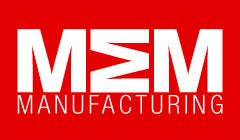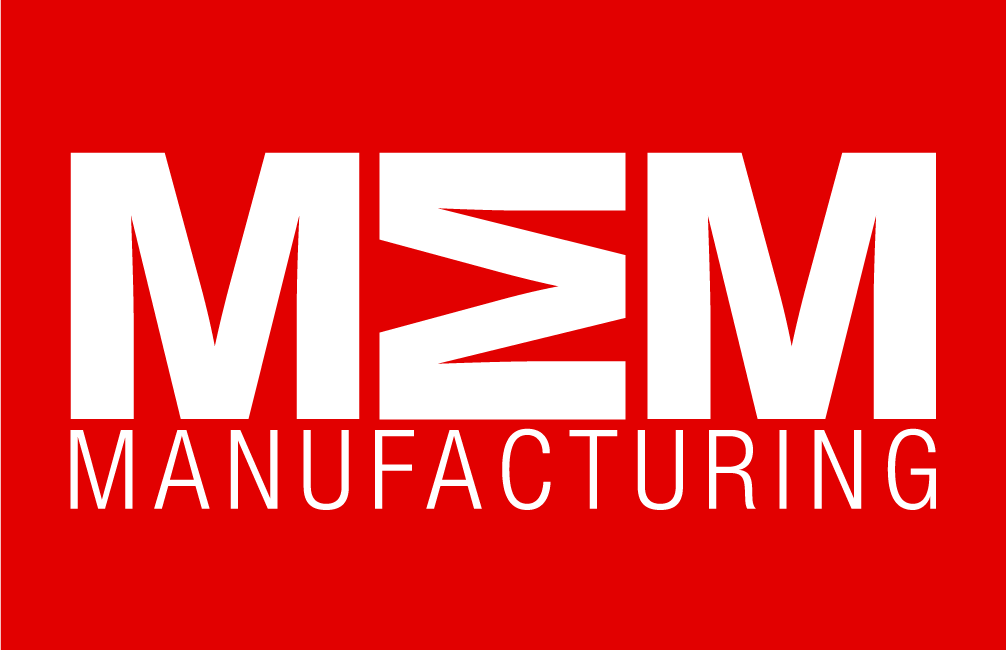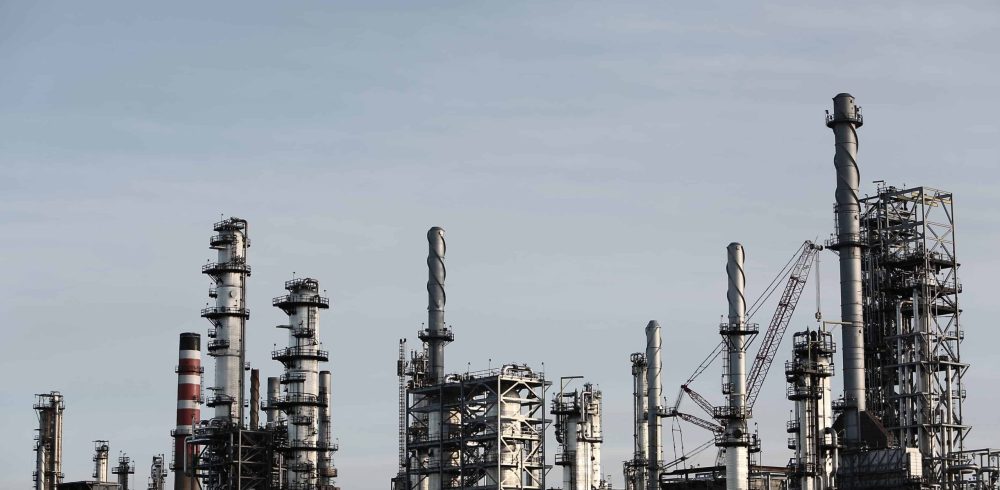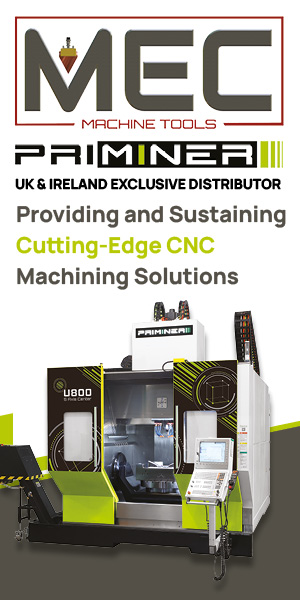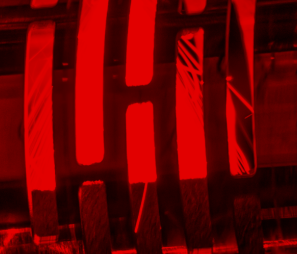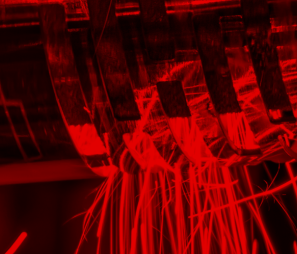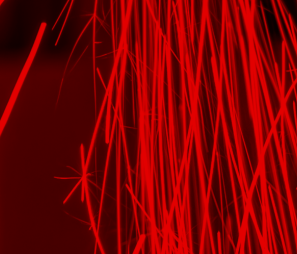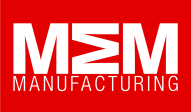Ventx Interview with Mike Serby
Can you tell us a little about what you do Mike?
Fundamentally, whenever there is a pressure drop through a valve, this creates or generates a noise and a silencer is needed to reduce this. There are two main categories of silencer: In-Line and Atmospheric Vent Silencers. When designing silencers, there are three important elements: the calculations to determine the noise; understanding the process creating the noise; and how to reduce that noise. Understanding these elements is the key to finding and providing the best solution for noise reduction.
How do Ventx go about providing a bespoke solution?
We do not select a silencer size from a catalogue which is based in a simple noise curve chart. We take all the various axioms of the process into account. As every process is different, every noise generated is different. Ventx pride themselves in using good quality, thicker materials to ensure a quality product which is guaranteed to last longer than an off the shelf or catalogue selected unit. The quality of the materials is important particularly when it comes to vibration and fatigue created by generated noise. All these elements are taken into account when designing a bespoke unit. We are supported by an overall understanding of the processes which are involved in noise generation. Together years of experience in this field and simply knowing what works to create the best silencer means Ventx can provided a product that works and will continue to work for many years after installation.
What investments have you made to improve your capabilities?
The basic noise prediction calculations have been around of many years, as have the material absorption coefficients for many materials. However, unlike the calculations for determining stress and strain, noise and vibration have an element of unpredictability and thus, the solutions are not always straight forward. Ventx have recently invested in up to date, bespoke software, which uniquely gives us insight into the essential elements which make up a silencer. In addition, we are constantly researching the latest developments in materials, ensuring that the most suitable metals and glass fibres are used for each distinct product.
How do you keep such long-term happier clients?
Silencers are often a product which gets forgotten. When there is a noise everyone complains and wants it fixed. For example: your neighbour loves your car, but they wouldn’t appreciate it if it did not have an exhaust pipe, especially at six in the morning. Silencers are not an everyday product and we are here for those moments when a customer needs us. We do have many long term customers who return to us for all of their silencer needs when building or refurbishing power stations, or the manufacture of gas ejectors, for example but we are equally happy working with smaller clients whose needs mean we only work with them once. Knowing that we have supplied them with a silencer which suits the purposes of their project means that we do not need to hear from them again.
Can you share with MEM a little of your expertise at Ventx?
Ventx is a small and specialised company with product knowledge and experience being the main assists. It is our aim to pass this knowledge on by way of partnerships with our long standing customers as well as helping new engineers from smaller companies to understand that silencers are not magic but neither are they just a tube stuffed with something. Whilst the maths and physics of noise prediction and reduction dates back to over 80 years ago, the noise absorption data has developed in the last 20 years with the usage of new materials. It is this knowledge of materials and methods of manufacture which are key to the construction of a successful silencer.
Can you tell us a little about the needs for silencers in manufacturing in 2022?
The majority of silencer enquiries are for atmospheric vent silencers as many control valves contain diffuser cages which help reduce in-line pipe noise. Many enquiries are simple: using the process data, we determine the noise. The customer is asked to specify the required noise level and we design a unique silencer which meets their needs. Silencers can become more complex when a customer has limited space, which may mean only one silencer can be used for multiple functions. These silencers need to be designed with multiple inlets and a variety of pressures. Again, these are particular to each project and the needs of the client.
Where do you sit in the supply chain worldwide?
Ventx are a small part of the supply chain which very often contributes to a larger project. We ensure that all materials are supplied from reputable sources with full traceability. Material certificates are available to clients as part of our product guarantee. Moreover, it is then the quality of fabrication and construction of each silencer which ensures that our products stand out and meet the needs of each project.
What are your thoughts for the future and your role in it Mike?
Ventx has a vision to ensure the product they deliver is a product which will last. A silencer should have a life of 20 to 30 years and Ventx are proud to supply silencers which meet this expectation. Whatever the silencer needs of a customer, Ventx is there to meet those needs and to be ready to find the silencer solution in any project, large or small.
Manufacturing & Engineering Magazine | The Home of Manufacturing Industry News
